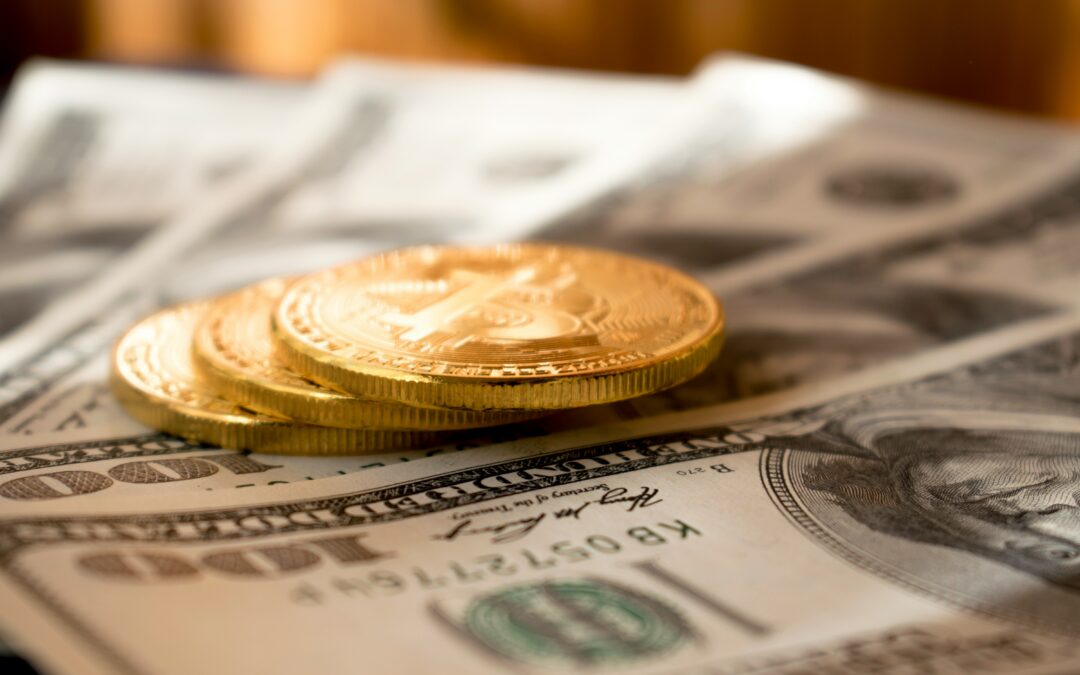The financial market can be volatile, and for this reason, many people invest in gold to protect their financial security. Since ancient times, countries have kept gold reserves to provide a level of economic stability on a nationwide scale.
But why is gold considered a good investment against inflation? What’s in it for the average investor looking to purchase the valuable asset? This guide shares the details.
What is an Inflation Hedge?
Inflation can be hugely problematic for a country’s citizens and the government. It erodes purchasing power and can result in serious economic instability. The increase in the price of goods and services can be particularly detrimental to low-income communities, who are less likely to be protected from economic crises and will largely bear the brunt of the devastating effects of inflation.
For those lucky enough, an inflation hedge can help to cushion the impact of rising prices. An inflation hedge is an investment strategy or asset that is used to prevent the investor from the inevitable drop in a currency’s value as the price of goods and services rises.
Gold is one of the most well-known inflation hedges – in fact, the United States keeps a reserve of 8,113 tonnes, putting it at the top spot on the list of the world’s largest reserves. Considering the United States has the world’s largest economy, this figure is hardly surprising and speaks to the country’s ability to retain economic power.
Gold Throughout History
Gold has functioned as a valuable commodity for civilizations across the world for thousands of years. Most notably, gold was a significant indicator of prosperity and an asset for trade in ancient Egypt, Greece, and Rome. Back then, gold was linked to the value of goods and services. However, as these civilizations expanded and gold became more scarce, its value gradually increased.
Fast forward to the 19th century, and the gold standard monetary system was introduced. The system meant that gold came with a fixed price, and citizens could swap their monetary currency for its value equivalent in gold.
This inflexible system meant that only a finite amount of money could be in circulation, which led the United Kingdom to abandon it in 1931 and the United States in 1971. Today, countries are free to print as much paper money as necessary, and the finite amount of gold in the world has increased in value as a result, resulting in the asset having excellent hedging capabilities.
Should You Invest?
Gold is a powerful resource that provides an investor with some economic security. However, gold investment isn’t without its risks. Since the price of gold is no longer tied to a country’s currency, its value can never be entirely guaranteed.
Despite this, gold has proven to be a successful hedge against inflation for centuries. It is, in fact, one of the most low-risk investments when it comes to maintaining financial stability. As long as your core focus is to protect your wealth, gold is a worthwhile investment for the everyday investor.
If you liked this article. Check out more content by The Purpose of Money.

